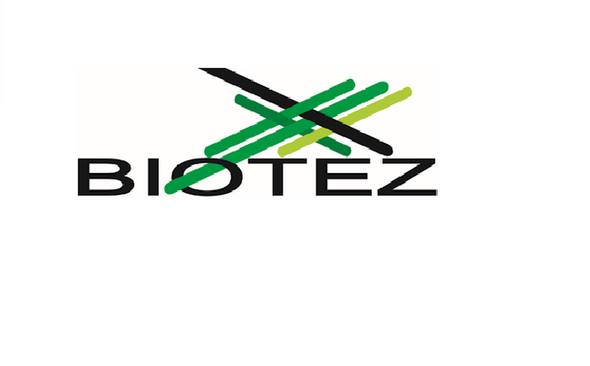Description
RECOMBINANT HORSE IgE-FC DOMAIN
Recombinant horse IgE-Fc domain, a horse immunoglobulin epsilon heavy chain constant region (IgE-Fc), manufactured in mammalian cells. Recommended as an immunogen to generate antibodies against horse anti-IgE-Fc, a standard/control for horse IgE-Fc assays or other horse IgE-Fc domain applications.
PRODUCT DETAILS – RECOMBINANT HORSE IgE-FC DOMAIN
- Horse IgE-Fc domain with C-terminal 6xHis-tag.
- Produced in mammalian HEK293 cells as disulfide-linked homodimer.
- Purified by Immobilized Metal Affinity Chromatography and supplied in PBS with preservative (0.02% Proclin 300).
- >98%,as determined by SDS-PAGE and visualised by Coomassie Brilliant Blue
BACKGROUND
IgE is distinguished from other antibody classes (IgM, IgD, IgG and IgA) by its ε heavy chains. IgE’s main function is immunity to parasites such as helminths like Schistosoma mansoni, Trichinella spiralis, and Fasciola hepatica. It is also utilized during immune defense against certain protozoan parasites such as Plasmodium falciparum. Immunoglobulin E (IgE) is the antibody that plays a central role in the mechanisms of allergic diseases such as asthma, anaphylactic reactions to drugs, bee stings, and antigen preparations used in desensitization immunotherapy (Luker et al., 2019). If you have an allergy, your immune system overreacts to an allergen by producing IgE antibodies. These antibodies travel to cells that release chemicals, causing an allergic reaction. This reaction usually causes symptoms in the nose, lungs, throat, or on the skin. The fragment crystallizable region (Fc region) is the tail region of an antibody that interacts with cell surface receptors called Fc receptors and some proteins of the complement system. This property allows antibodies to activate the immune system. IgE Fc regions contain three heavy chain constant domains (CH domains 2–4) in each polypeptide chain (Sutton et al., 2019). Recombinant human IgE can be used as reference for IgE concentration measurements in biological samples (e.g. ELISA, FACS).
REFERENCES
- Luker et al. A new look at IgE beyond allergies. Version 1. F1000Res. 2019; 8: F1000 Faculty Rev-736.
- Sutton et al. IgE Antibodies: From Structure to Function and Clinical Translation. Antibodies (Basel). 2019 Mar; 8(1): 19.






